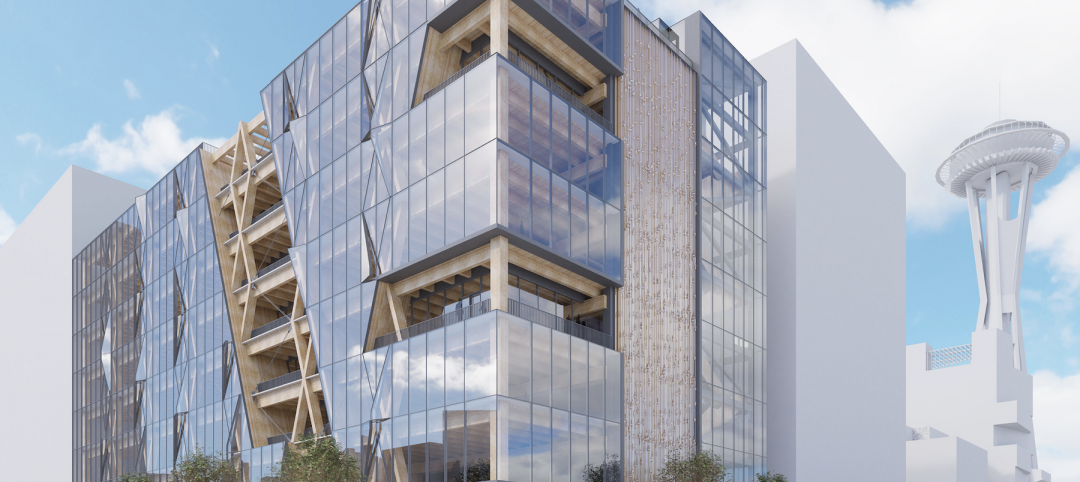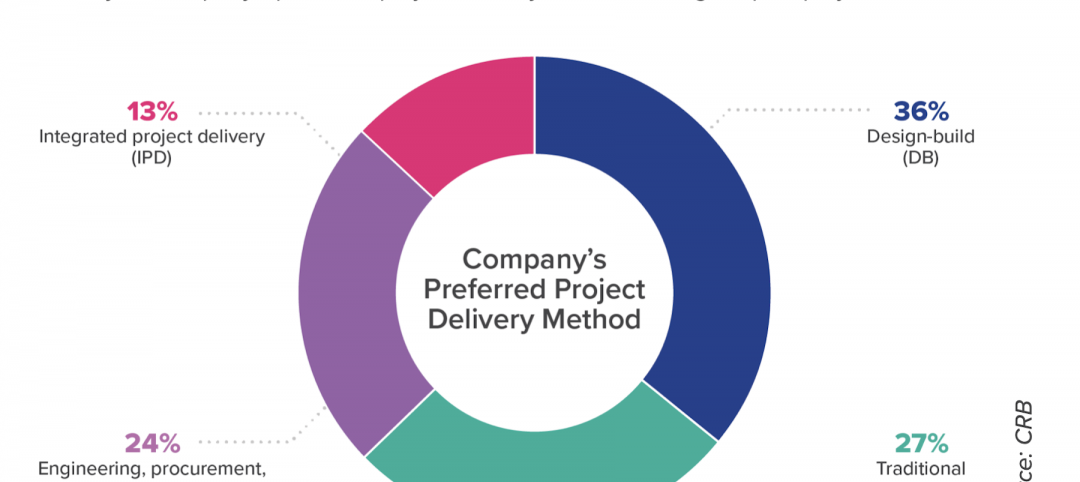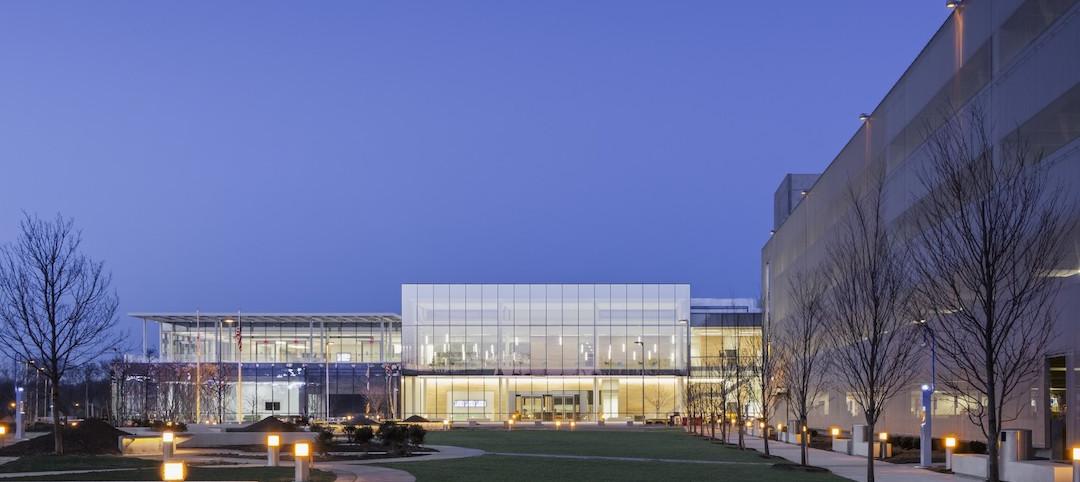An R&D building on the Billerica, Mass., campus of EMD Serono—a biopharmaceutical business of Merck KGaA, Darmstadt, Germany that focuses on specialty care—became the first in the United States to receive Gold-level certification for New and Existing Buildings from the International WELL Building Institute.
The Sagamore Building, as it is known, is part of a three-building, 275,000-sf campus with more than 500 employees who work to accelerate R&D innovation in oncology, immune-oncology, and immunology. The campus is one of four global R&D hubs for the company.The Sagamore Building, which was completed last year, has also earned LEED Platinum certification from the U.S. Green Building Council.
To achieve WELL certification, EMD Serono started with a two-day design charette that included architects, engineers, designers, and facilities managers who brainstormed, built models, and challenged notions of space. (The Building Team included Boston-based architect Ellenzwieg.)
To meet WELL’s building standard, the project—which included a new addition and a retrofit of an existing building—installed WELL-compliant lighting fixtures, and MERV 15 high efficiency air filters under ASHRAE 52.2/MERV. EMD Serono also changed to compliant cleaning chemicals and protocols, and increased its preventive maintenance schedules to quarterly, with photographic documentation of service.

EMD Serono's Sagamore Building offers its employees a variety of healthier spaces in which to work and collaborative. Image: EMD Serono
Employees now have a variety of work environments to choose from, including open spaces, huddle rooms, and designated technology-free quiet zones. WELL also requires stairs between floors to encourage exercise and occupant movement. The design of the Sagamore building’s bleacher seating and auditorium was conceived during the design phase. The seating’s construction involved rebar and build forms that were supported with special staging for several concrete pours.
The Sagamore Building underwent testing and a final evaluation by Green Business Certification Inc. (GBCI), WELL’s third-party certification entity, which corroborated that the built environment was designed to improve occupants’ nutrition, fitness, mood, sleep patterns and performance.
Anthony Meenaghan, EMD Serono’s Senior Director, Facilities Management and Engineering, Environmental Health & Safety, says the WELL certification highlights his company’s collaborative and knowledge-sharing culture. “Offering employees an environment where they can do their best work plays an important role in bringing meaningful solutions to people with difficult-to-treat diseases.”
Related Stories
Laboratories | Feb 8, 2022
A new concept for science buildings emphasizes construction speed and design flexibility
The NEXT prototype—devised by Gensler, KPFF, and Buro Happold—also leans toward decarbonization and wellness.
Laboratories | Feb 3, 2022
New veterinarian building is Norway’s largest ever development in the university sector
The project is one of the largest and most complex ever undertaken in Norway.
Laboratories | Jan 28, 2022
3 must-know strategies for developers in today’s life sciences industry
While the life sciences industry had been steadily growing, this growth exploded when the pandemic arrived—and there is no indication that this lightning-fast pace will slow down any time soon.
Laboratories | Jan 17, 2022
A health crisis gives life to life sciences
Construction and renovation projects are heaviest in markets with consistent talent streams.
University Buildings | Jan 11, 2022
Designing for health sciences education: supporting student well-being
While student and faculty health and well-being should be a top priority in all spaces within educational facilities, this article will highlight some key considerations.
Giants 400 | Dec 31, 2021
2021 Science and Technology Sector Giants: Top architecture, engineering, and construction firms in the U.S. S+T facilities sector
HDR, CRB, Jacobs, Skanska USA, and Whiting-Turner Contracting Co. top the rankings of the nation's largest science and technology (S+T) sector architecture, engineering, and construction firms, as reported in the 2021 Giants 400 Report.
Laboratories | Nov 18, 2021
Tapping into the life sciences building boom
Paul Ferro of Form4 Architecture discusses how developers are pivoting to the life sciences sector, and what that means for construction and adaptive reuse.
2021 Building Team Awards | Nov 17, 2021
Caltech's new neuroscience building unites scientists, engineers to master the human brain
The Tianqiao and Chrissy Chen Institute for Neuroscience at the California Institute of Technology in Pasadena wins a Gold Award in BD+C's 2021 Building Team Awards.
Laboratories | Nov 17, 2021
New report finds a biopharma industry being reshaped by disruption
Industry respondents to CRB’s survey weigh in on project delivery, digitization, and off-site manufacturing for life sciences construction.
Laboratories | Oct 14, 2021
‘Next-generation’ Quest Diagnostics lab unveiled in New Jersey
Mark Cavagnero Associates designed the project.

















